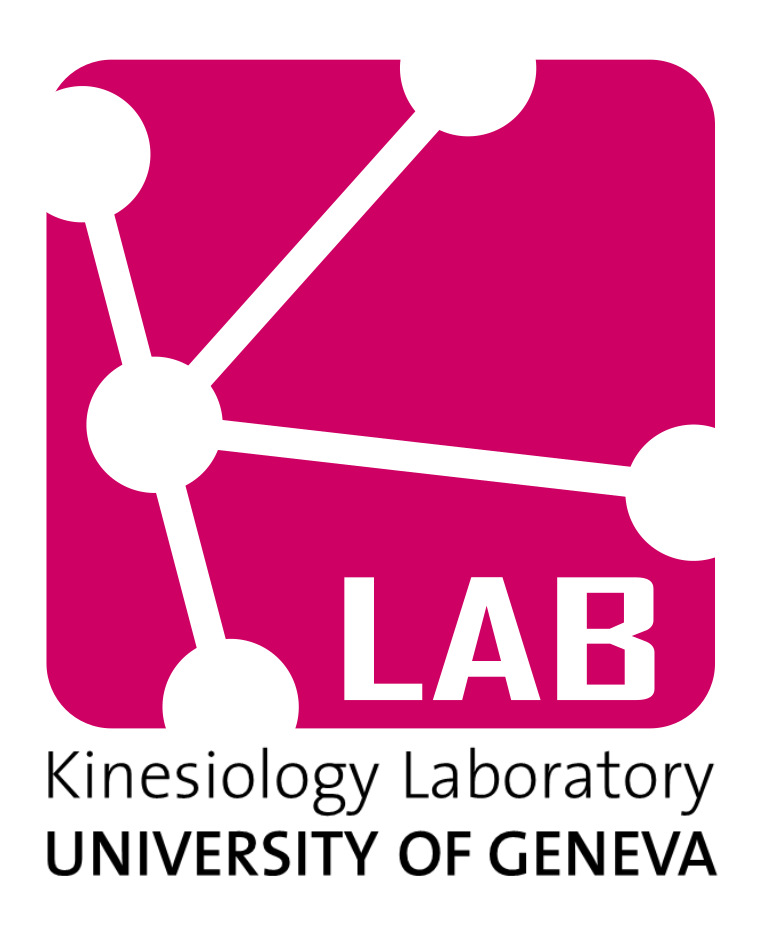Projects
SIMGAIT Project

|
SimGait Project |
| Title | Modeling pathological gait resulting from motor impairments: compare and combine neuromechanical simulation and machine learning approaches. |
| Dates | From 09.2018 to 02.2023 |
| Principal investigator | Stéphane Armand (K-Lab, UNIGE/HUG) |
| Other investigators | Mickael Fonseca (K-Lab, UNIGE/HUG), Anne Tabard-Fougère (K-Lab, UNIGE/HUG), Marys Franco Carvalho (K-Lab, UNIGE/HUG), |
| Institutional collaborations | EPFL-STI-IBI-BIOROB, Lausanne, Switzerland, HES-SO DMML, Geneva, Switzerland |
| Funding | snf.ch/project-177179 |
| Keywords | Clinical gait analysis, Variability, Data |
| Website | SimGait.org |
| Related articles |
|
Abstract
Walking is often considered as the most important activity in daily living. However, many neuro-orthopaedic pathologies (e.g. cerebral palsy) involve impairments that compromises normal movement. Clinical gait analysis provides data to support treatment planning for patients with motor disorders. The SimGait project is a four year project funded by the SNSF, the Swiss national science foundation (collaborative Sinergia project #177179). This project is a collaboration between Dr Stéphane Armand of the Willy Taillard Kinesiology Lab at the University Hospital of Geneva (HUG), University of Geneva, Prof. Auke-Jan Ijspeert of the Biorob laboratory at the EPFL in Lausanne and Prof. Alexandros Kalousis of the Data Mining and Machine Learning Group at the University of Applied Sciences, Western Switzerland, in Geneva. The aim of this project is to create a musculoskeletal model of the human with neural control to be able to model healthy and impaired gait, for example due to cerebral palsy. The model consist of a dynamics model that models the motion of the legs and trunk, and is operated by muscle forces. Machine learning methods will be used to predict a patient’s gait from their clinical data using a data-driven model. The height and weight can be scaled to individual persons. The neural control consists of three levels: Reflexes, which are spinal sensorimotor loops to the muscles that do not go through the brain. Central pattern generator in the spinal cord, which interacts with reflexes and creates time dependent signals to the leg muscles that generate a walking motion. Descending signals from the brain, for example to modulate the speed, or step frequency of the gait.

This model will be used to model gaits of persons with cerebral palsy. The goal is to increase our understanding of cerebral palsy by finding which parts of the neural control and muscles are impaired. A second goal is to investigate whether the model can be used to predict the effect of a surgery, such that surgeons can improve the success rate of surgeries.
